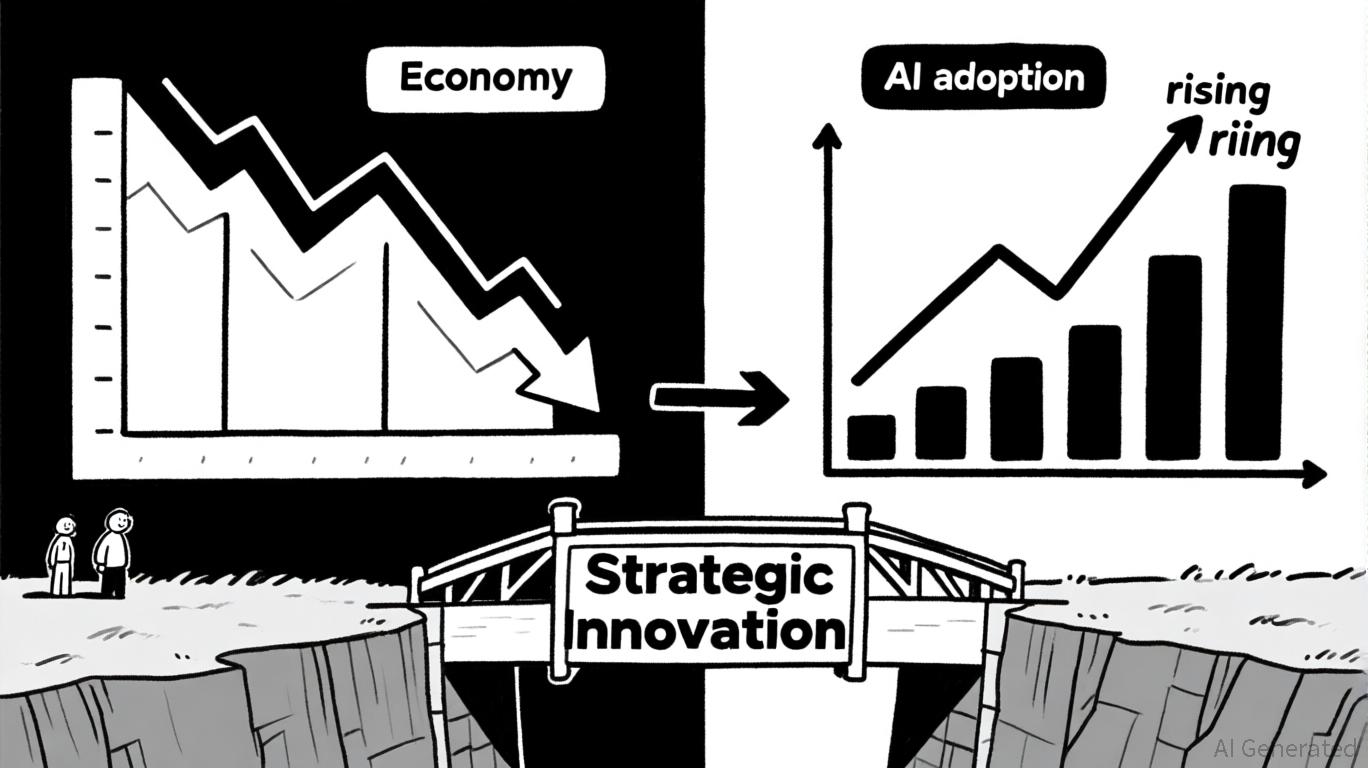AMD shares tumbled 9% in extended trading Tuesday, following the chipmaker's fourth-quarter earnings report. While the company topped Wall Street's expectations for revenue and earnings, its data center sales fell short of estimates, raising concerns about its artificial intelligence (AI) chip revenue. AMD's stock has been on a downward trend since October 2024, falling below the 200-day moving average and trending within a descending channel.
AMD's data center segment, which includes AI chip revenue, reported sales of $3.9 billion, up 69% year-over-year but missing analyst estimates of $4.1 billion. The company's CEO, Lisa Su, attributed the miss to seasonality and indicated that the data center segment is expected to decline in line with the corporate average in the first quarter of 2025. However, she expressed optimism about the long-term growth prospects of the data center business, expecting it to grow into the tens of billions over the next few years.
AMD's stock has struggled in recent months, giving up a third of its value over the past 12 months. Despite the recent setback, Wall Street remains bullish on the semiconductor stock, with the average analyst target price at $154.55, representing implied upside of about 44% to current levels. Financial services firm Wedbush maintained its Outperform rating and $150 price target on AMD stock after the earnings release, citing the company's robust client compute business.
Investors should watch major support levels on AMD's chart around $110, $95, and $81, while also monitoring a key overhead area near $130. If AMD's stock can defend the $110 level, it may find support and potentially rebound. However, a decisive close below this level could see the stock tumble to around $95 or even $81. On the upside, a countertrend rally in the stock could face resistance near the $130 level.
In conclusion, AMD's stock plummeted 9% on Tuesday following a revenue miss in its data center segment. While the company's long-term growth prospects remain promising, investors should monitor key support and resistance levels to assess the stock's potential for a rebound or further decline. As always, it is essential to conduct thorough research and consider your risk tolerance before making any investment decisions.






Comments
No comments yet